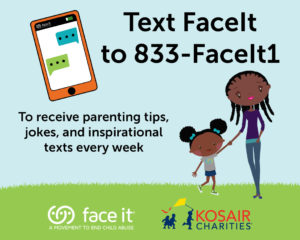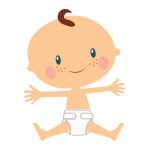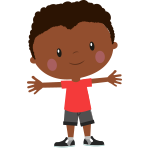BODY SAFETY
Child safety is an adult responsibility, and it’s up to all of us to teach and respect body boundaries. As a parent or caregiver, talking to your child about their bodies, body safety, and personal boundaries is key in keeping them safe.
-Begin using the correct names for body parts, including their genitals, as they are learning to identify them.
-Teach children that it’s okay for them to say “no” if they don’t want to hug or kiss someone, including family, and always respect their decision.
-Make sure your child knows the difference between “okay” and “not okay” touches.
-Teach your child about the “bathing suit” rule: No one can touch the private parts of their body under their bathing suit, no one can ask for them to touch their private parts, and no one should show them pictures of anyone’s private parts.
-Educate children about the difference between good secrets and bad secrets. A surprise party is a good secret because isn’t kept for long. A secret that they are told to keep forever is not okay.
To learn more, check out Body Safety 101 Guide available in English or in Spanish.










